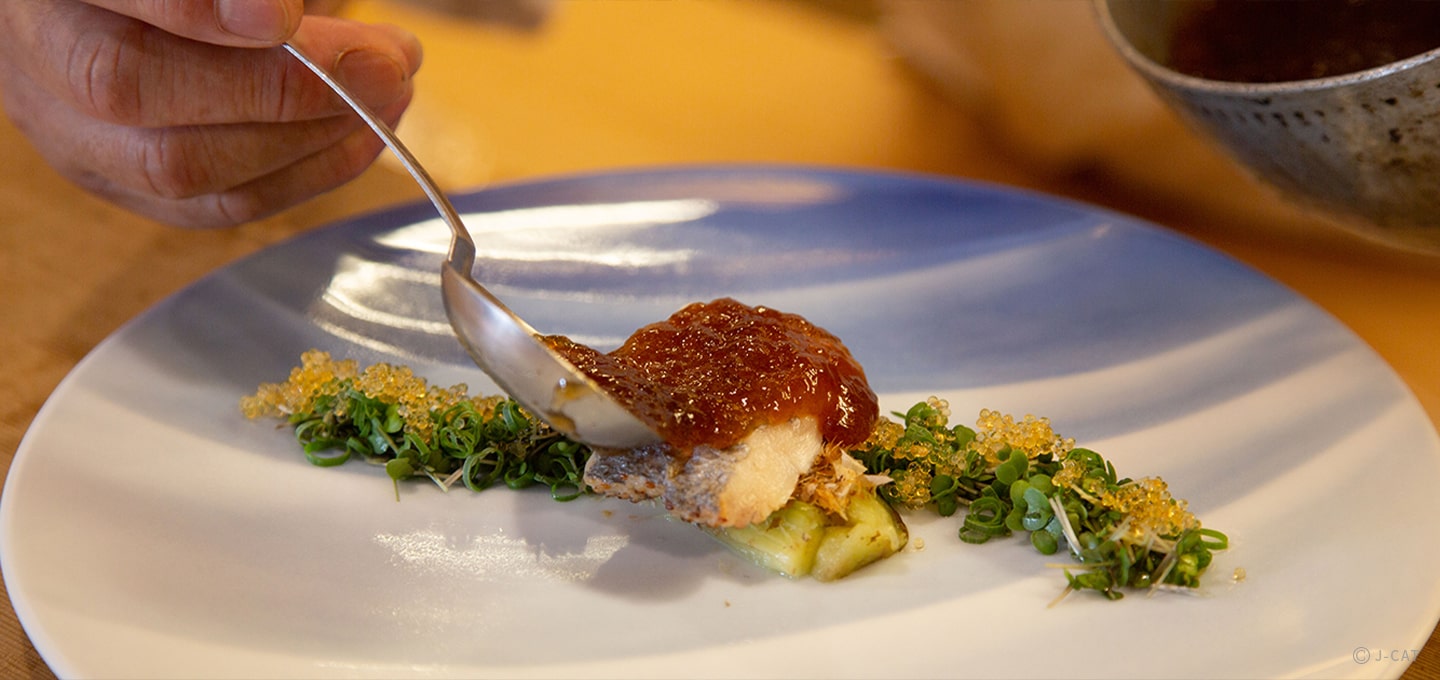
Special Experience
Tokyo & around
Immerse Yourself in Japanese Food Culture Through a Kaiseki and Wagashi Experience
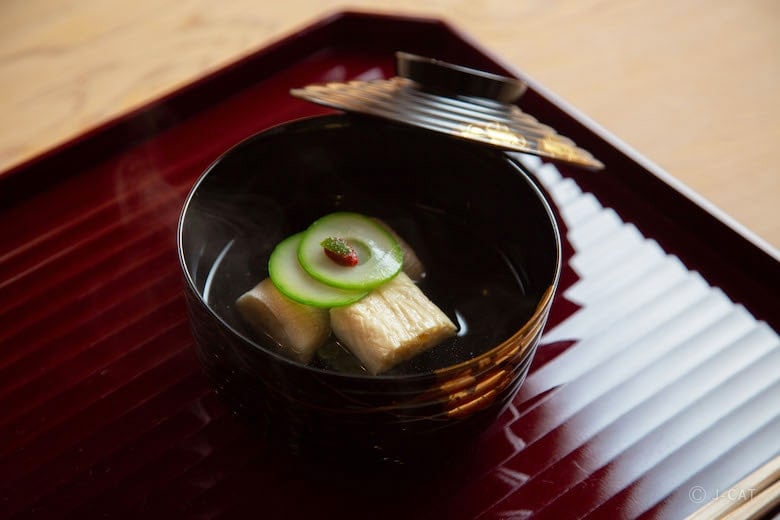
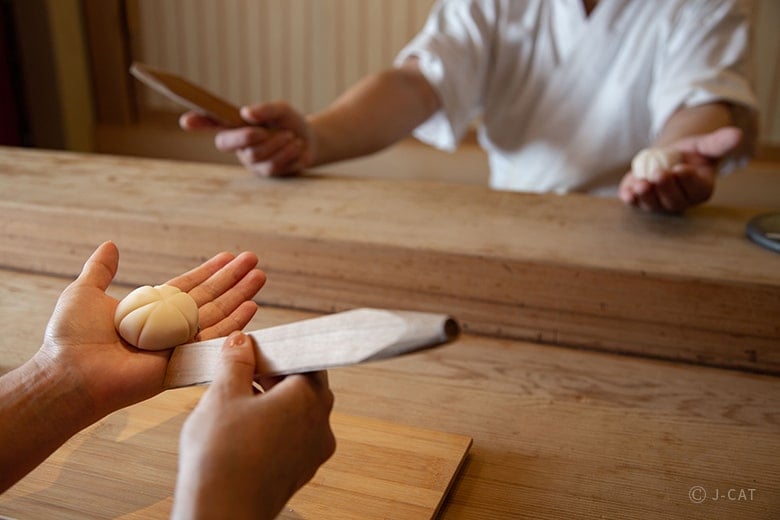
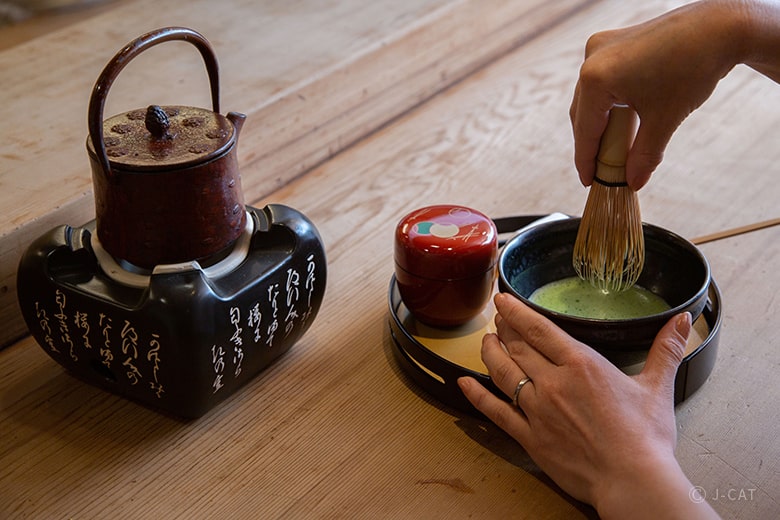
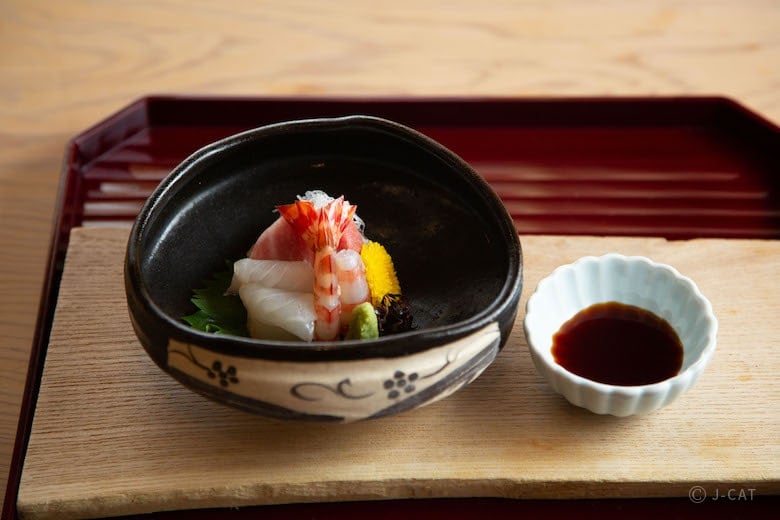
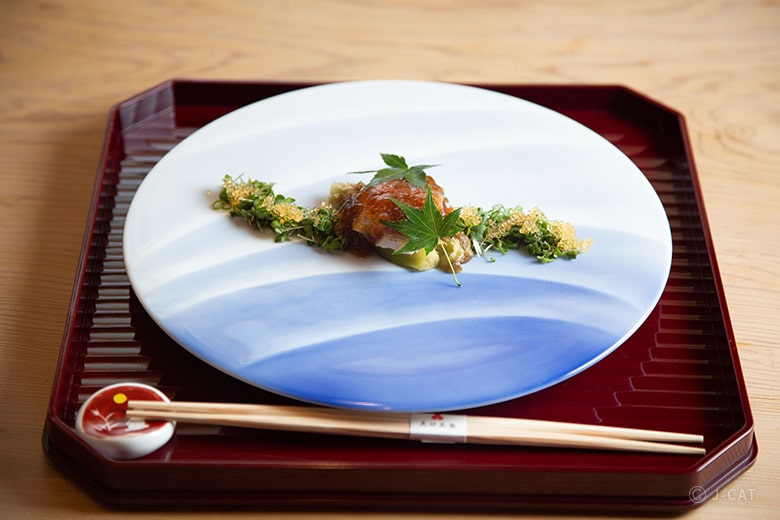
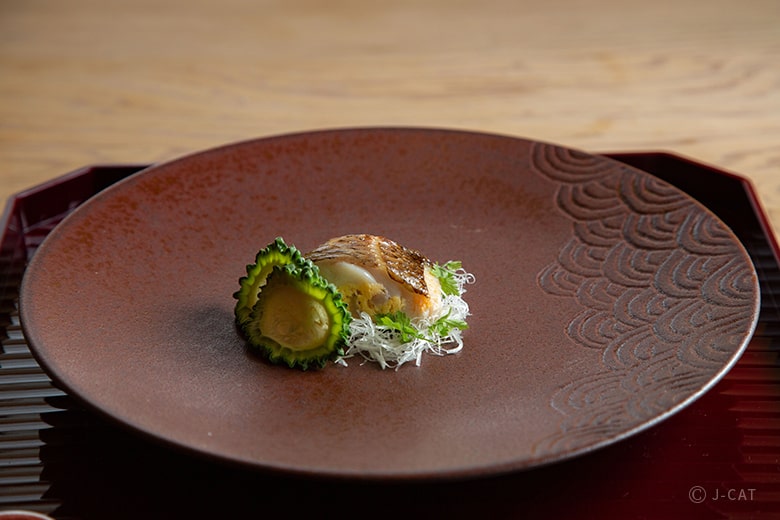
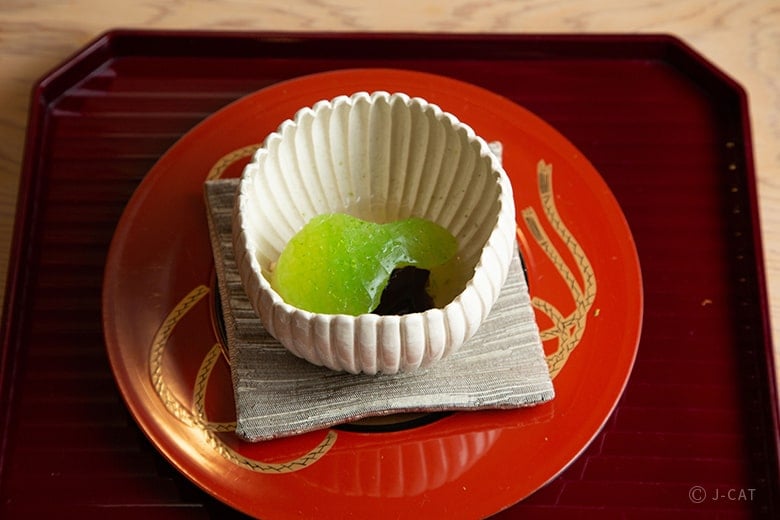
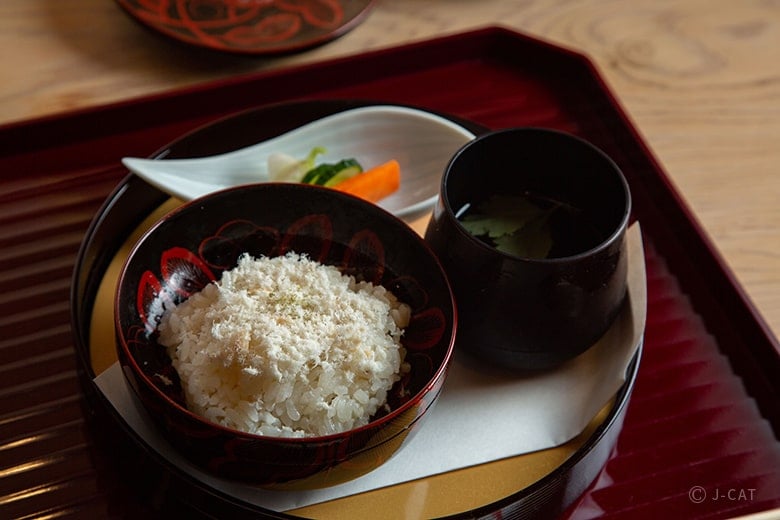
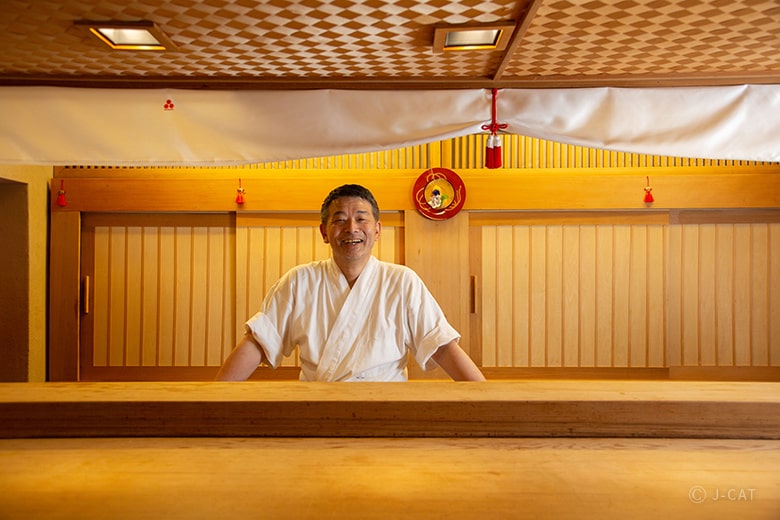
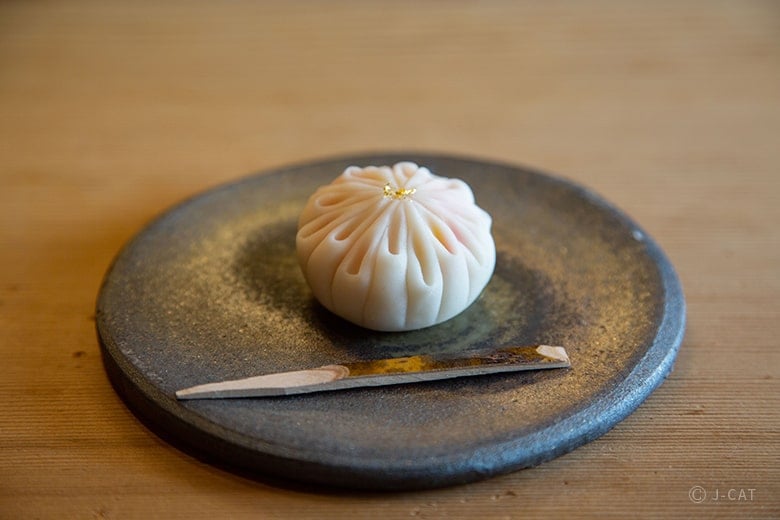
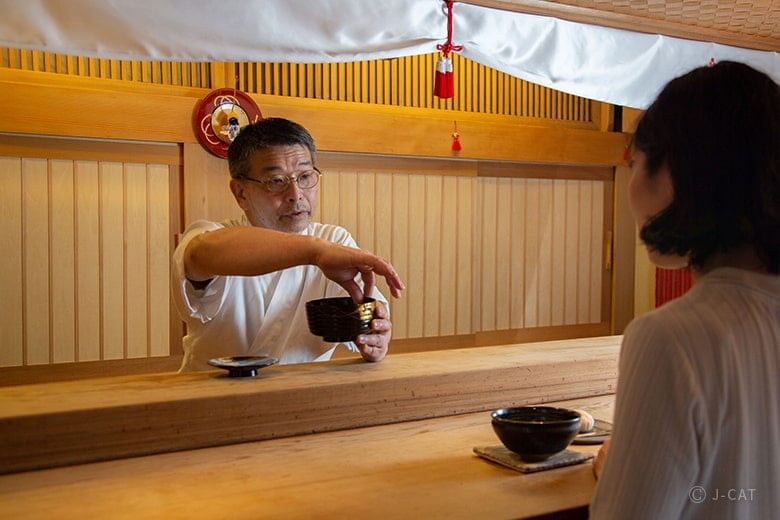
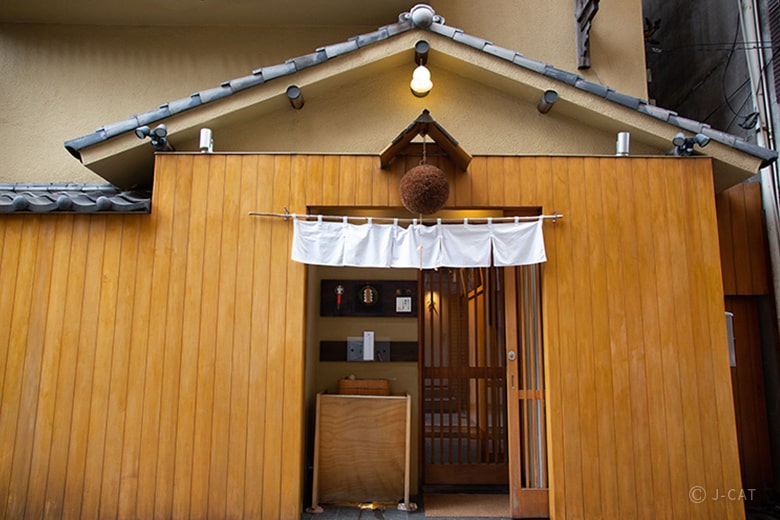
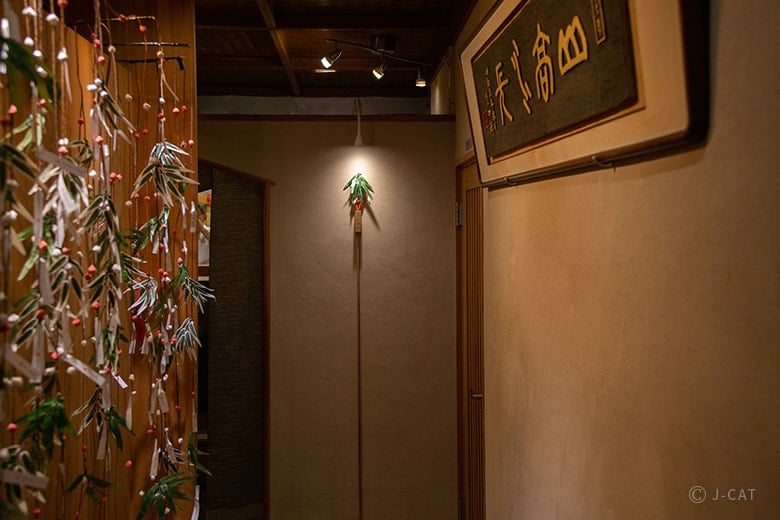













Overview
Located in Yokohama’s Kannai district, Masago Saryo is a refined restaurant that has been awarded two Michelin stars for five consecutive years. In this Wabunka-exclusive private plan, have the entire restaurant to yourself as you indulge in a six-course kaiseki fine-dining meal prepared by none other than owner–chef Nobuhiko Irie himself.
Then, make nerikiri-style wagashi sweets and experience the Japanese tea ceremony. As you enjoy your tea and sweets, Mr. Irie will regale you with fascinating trivia and commentary on the tableware and decor for the day.
Key Features
• A Wabunka-exclusive plan — have Masago Saryo all to yourself, and step into a normally off-limits private room with counter seating
• Savor seasonal kaiseki cuisine, make nerikiri wagashi, and experience the Japanese tea ceremony
• Learn about Japanese culture and culinary traditions through Mr. Irie’s detailed explanations
Tokyo & around
180mins
from ¥31,500 /person
1 - 10 participants
Available in English
Cancel free up to 15 days prior
Details
A Dignified and Formal Exterior; a Warm and Inviting Interior
Just a few minutes' walk away from the bustling vicinity of Kannai Station is Masago Saryo, a restaurant that has been serving kaiseki-ryori haute cuisine for over 20 years now. Tucked away in a quiet alley, the restaurant is housed in a two-story, over-50-year-old building constructed in the sukiya style, an architectural design that incorporates the simple beauty and understated refinement of tea-house aesthetics.
Despite the restaurant's dignified exterior and the prestige it has accumulated over the years, once you step inside, you will be greeted by the homey, inviting scent of cedar and the warm smile of owner-and-chef Nobuhiko Irie.
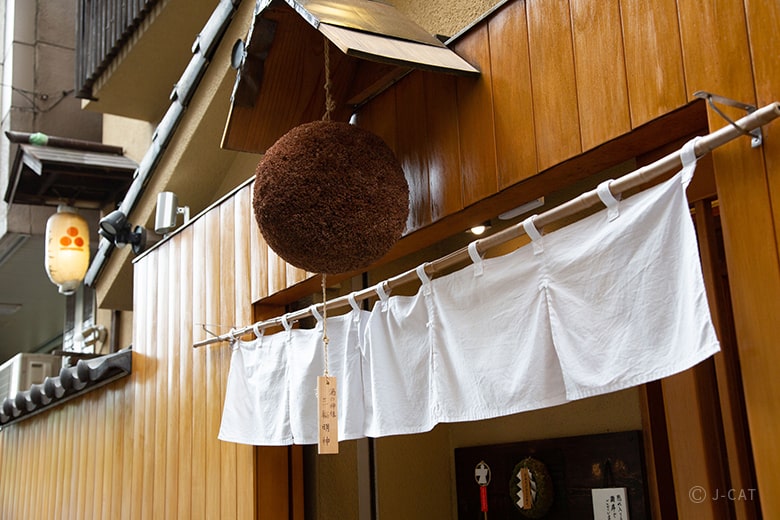
Masago Saryo’s natural wood walls and paper lantern are hard to miss.
Mr. Irie perfected the art of preparing kaiseki cuisine during his years as a chef for nearby Iseyama Kotaijingu Shrine, a popular venue for weddings and other ceremonies. On top of being Yokohama's main Shinto shrine, it is also the Kanto region's main branch of the holiest shrine in all of Japan: Ise Grand Shrine.
Reflecting Mr. Irie's experience working for such a prestigious institution, Masago Saryo's kaiseki cuisine is authentic and first-rate. Making full use of the season's finest ingredients, the kaiseki courses here are perfect for auspicious occasions.
But don't let the seeming formalities here fool you: spend some time in the restaurant, and you'll find that the air is filled with the laughter and chatter of patrons — just as Mr. Irie likes it. "My aim is to keep Masago Saryo's appearance elegant while, contrary to expectations, fostering a friendly ambiance inside," he says.
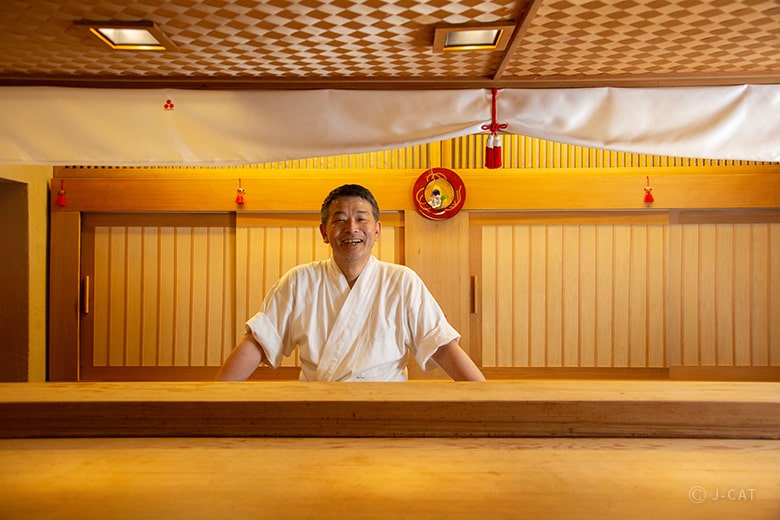
Mr. Irie encourages guests to not be intimidated and to just be themselves when enjoying kaiseki cuisine.
A Space to Immerse Yourself in Japanese Culture
This plan is an opportunity to not only feast on superb kaiseki cuisine, but also make nerikiri-style wagashi sweets and enjoy matcha green tea as you take part in bonryaku temae, a tea ceremony in the style of the Urasenke school.
If some or all of these things may be unfamiliar to you, there's no need to feel intimidated. Mr. Irie will teach you enough for you to get acquainted with these elements of Japanese culture.
Though some of these — the tea ceremony, for example — have certain protocols and etiquette pointers associated with them, Mr. Irie aims to immerse guests in these cultural experiences enough for them to not be intimidated. "I don't want guests to think that these things are so complicated that they're beyond their level of understanding," he says.
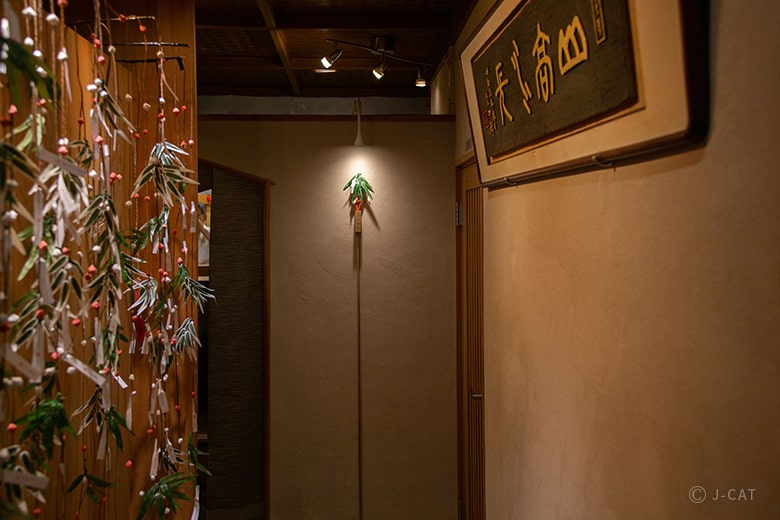
The lighting of the inner room is soft and inviting, as if beckoning guests to step in.
One distinctively Japanese way of showing hospitality is the display of hanging scrolls and ikebana flower arrangements to make guests feel at ease. You don't need to think about them too deeply to appreciate their beauty — though Mr. Irie will be happy to explain his rationale for selecting the decor of the day, if you ask.
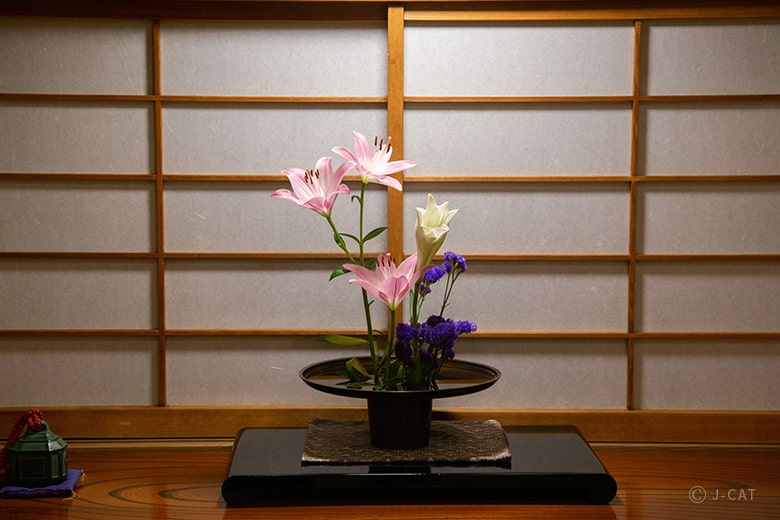
This seasonal ikebana flower arrangement was inspired by the guest of the day.
Fine Dining Filled to the Brim with Seasonal Flavors
Literally translating to “breast-pocket stone,” one of the ways to write “kaiseki” in kanji refers to the practice of Zen monks placing heated stones into the folds of their robes to ward off hunger during their ascetic training. Along those same lines, one traditional context for kaiseki cuisine is that it was a prelude to the tea ceremony — a way of warming and filling guests up before the main event
Nowadays, while cha-kaiseki courses — kaiseki meals served before a formal tea ceremony — still exist, most kaiseki-ryori courses are a standalone experience. Even so, matcha green tea is usually still served toward the very end.
In this experience, you’ll first warm up your belly before enjoying matcha and wagashi. Feast on an indulgent, six-course kaiseki meal with the season’s tastiest and finest ingredients. Start with appetizers, then soup, sashimi, a simmered dish, a grilled dish, and rice. Each dish will be served in accompaniment with an explanation courtesy of Mr. Irie.
Discover trivia about not only the food, but also the tableware it is served on: how it complements the food, its design, and so on. Pay attention as well to the room’s decor and other fixtures, and don’t hesitate to ask Mr. Irie any questions.
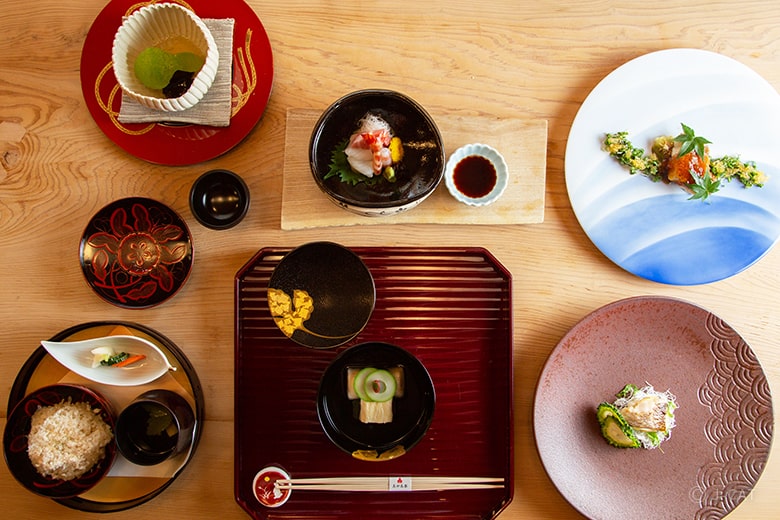
Masago Saryo’s seasonal dishes are just as delicious as they are delightful to behold.
Mr. Irie explains that his restaurant has "Saryo" ("teahouse") in its name because he wants guests who don't drink alcohol to feel included, too. Just as Masago Saryo has an impressive selection of sake and wines for connoisseurs to enjoy, it also offers hojicha roasted green tea, jasmine tea, and an assortment of teas made with premium tea leaves from Japan and overseas.
And so, those who prefer non-alcoholic drinks can rest assured that they, too, will have a relaxing and pleasurable time at Masago Saryo. Though kaiseki cuisine is usually served with sake, pairing it with tea instead is just as delightful an alternative.
(Please note that additional charges apply to drinks, which must be ordered and paid for on-site.)
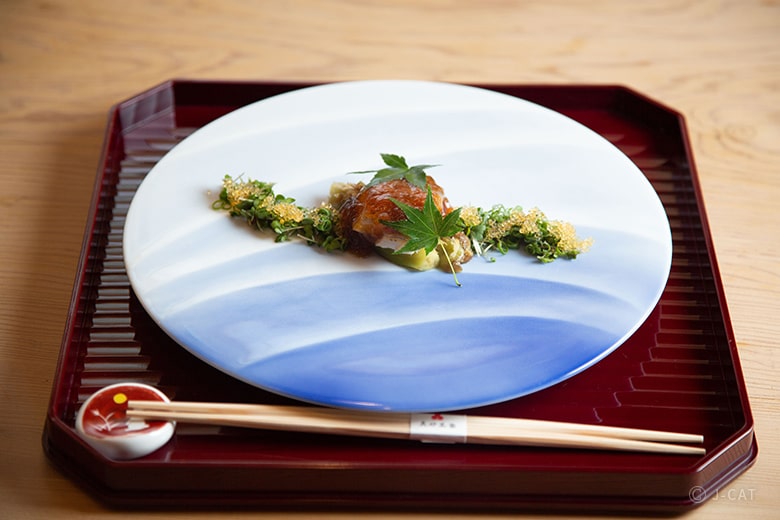
For this dish arranged to resemble the Milky Way, Mr. Irie used two green maple leaves to represent the star-crossed lovers Orihime and Hikoboshi.
Feel the Soft Texture of Nerikiri Wagashi as You Get Hands-On
After filling yourself up, you’ll move to a room with a counter — which is normally not open to guests — for a hands-on lesson in making wagashi sweets. The type of wagashi that you will make is called nerikiri, a kneaded mixture of glutinous rice flour and shiro-an white bean paste. You’ll make this twice: one will be for you to eat along with your matcha, while the other will be for you to take home.
As the sweet’s name implies — the “neri” in its name is derived from the word meaning “to knead” — you’ll have to sculpt the shape by kneading the ingredients carefully. Getting the dough to form a circular shape can be trickier than it looks. Since the dough is even softer than that of shiratama sticky-rice balls, it’s important to keep your hands moist to prevent the dough from sticking to your skin.
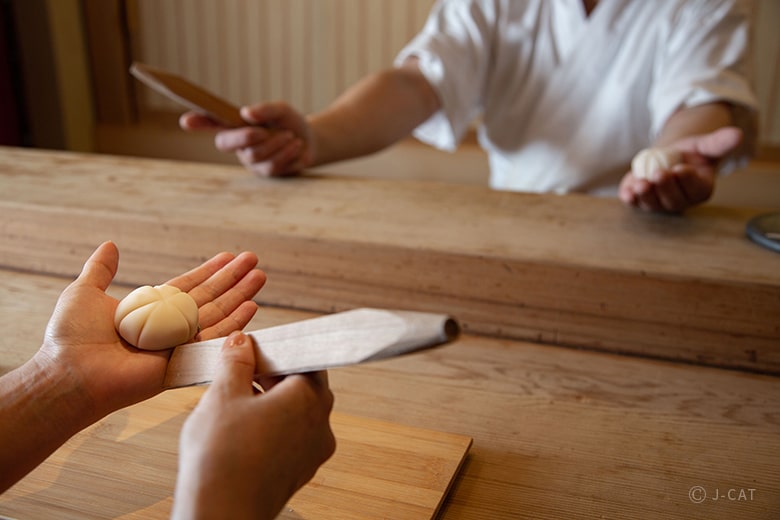
Challenge yourself as you watch and learn from Mr. Irie!
Once the bean paste and the dough have been wrapped and sculpted, it’s time for another challenge: creating the intricate design that nerikiri wagashi is known for. You will do this with a wooden stick with a triangular end, an essential tool for wagashi making. Holding the stick at a tilted angle, press the edge against the dough. Then, move the stick with your wrist to create the pattern.
If you make an effort to design the nerikiri in such a way that the peach-colored part shows between the folds, your creation will be the pinnacle of Japanese elegance.
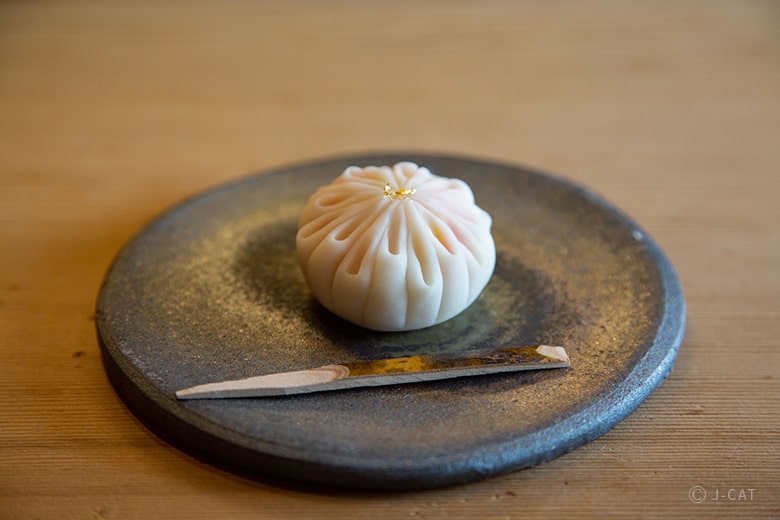
The nerikiri you’ll make varies monthly. This is a summer-themed nerikiri inspired by fireworks.
Matcha and Handmade Sweets to Warm Your Heart
Following the wagashi making is the tea ceremony. There are many ways to perform the Japanese tea ceremony; among them, the one you’ll learn is called “bonryaku temae,” which was pioneered by the Urasenke school, the largest among Japan’s three prominent tea-ceremony schools.
A beginner-level technique, bonryaku temae is considered the easiest way to perform the tea ceremony. The “bon” in “bonryaku” refers to a rounded tray on which all necessary utensils are placed.
The Japanese tea ceremony is highly ritualized, with practitioners having to observe strict etiquette and perform each procedure in a very specific way. However, as this is an introductory experience, Mr. Irie cheerfully assures guests, “What’s important is to enjoy the experience instead of fretting over whether you made a mistake. If you become too preoccupied with getting the procedures right, even high-quality tea won’t taste as good.”
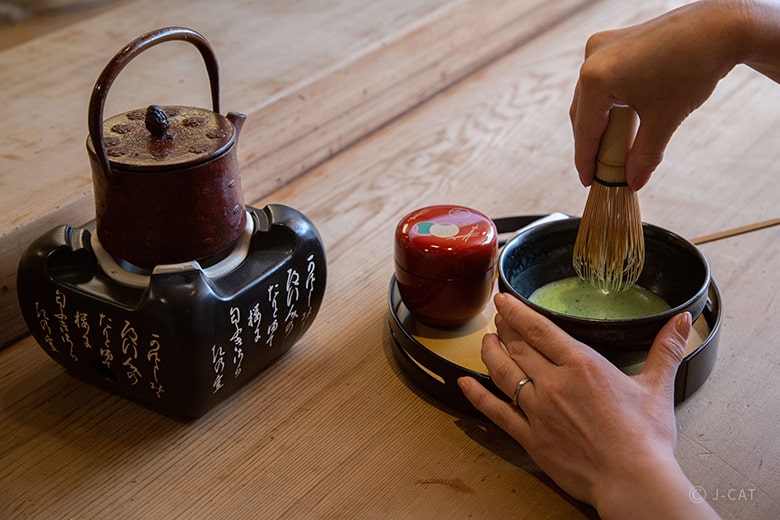
Learn how to whisk matcha to give it a frothy texture.
Yet even though this is a beginner-level experience, the ingredients, utensils, and equipment used are all first-rate. As you take in your nerikiri and matcha, you’ll also develop an appreciation for Japanese tableware, thanks to some explanations from Mr. Irie about how tableware adds to the appeal of Japanese cuisine. You’re sure to leave Masago Saryo having gained further knowledge and appreciation of Japan’s rich food culture and culinary traditions.
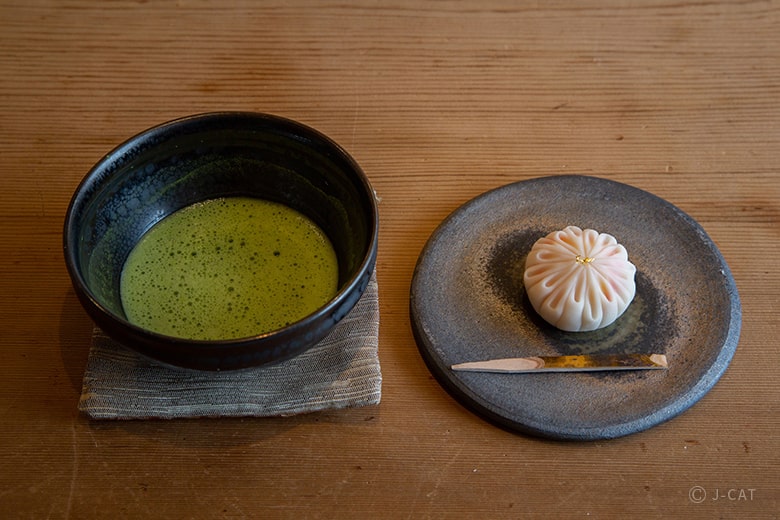
The bitter taste of matcha contrasts, but also complements, the sweetness of nerikiri wagashi.
Masago Saryo: A Gateway to Japanese Culture
Your three hours spent at Masago Saryo will be a well-spent encounter with Japanese culture. Though Mr. Irie has thoughtfully crafted this experience to be as introductory as possible, it’s still quite the immersion. After all, this is a treasured opportunity to learn about, experience, and appreciate Japanese culture with your mind, heart, and five senses — all in the warmth and tranquility of a sukiya-style building.
Remember, don’t be overwhelmed or intimidated by the high-class appearance. Take things in one by one and savor the moment at your own pace. “I want you to get acquainted with Japanese cultural traditions without making things overly complicated,” Mr. Irie says.
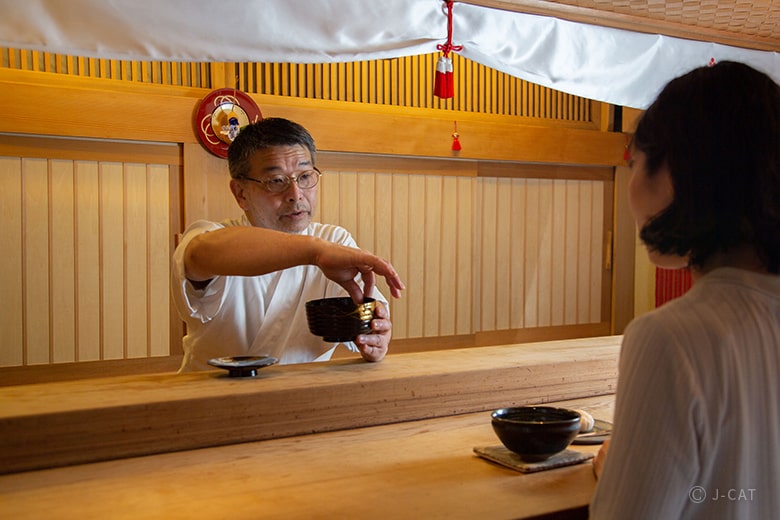
This is a rare opportunity to ask questions about traditional Japanese culture that you normally might have hesitated to ask.
Don’t be too surprised if, after this experience, you’ll develop a deeper interest in Japanese culture and want to dig deeper. If the seeds of curiosity that Mr. Irie planted in you during this experience blossom and grow afterward, Mr. Irie will surely be pleased to know that he’s done his job.
Masago Saryo
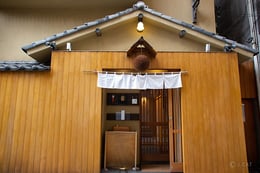
Masago Saryo
Helmed by Nobuhiko Irie, who perfected his culinary craft working for Iseyama Kotaijingu Shrine, the Michelin-starred Masago Saryo specializes in top-notch kaiseki-ryori haute cuisine made with seasonal ingredients. Located in Yokohama’s Kannai district, the restaurant’s stately exterior belies its friendly, relaxed ambiance. Not only is the food excellent, but also, Mr. Irie’s attention to detail shines through with his choices of tableware, ikebana flower arrangements, and hanging scrolls to reflect the season.
Customer's Voice
We had a great time throughout the experience. As new visitors to Japan, we wanted to learn about the culture, food and traditions and this tour covered all three. Chef Irie was informative, friendly and prepared a beautiful and delicious meal celebrating true moon and chrysanthemums. We will remember this experience always.
E.H. United States
Location
Masago Saryo
Yokohama City, Kanagawa
Request for booking
Select first preferred date (JST)
December 2025
Sun
Mon
Tue
Wed
Thu
Fri
Sat

Instant Booking

Request Booking

17
Full

17
Unavailable
Tokyo & around
180mins
from ¥31,500 /person
1 - 10 participants
Available in English
Cancel free up to 15 days prior
Things to know
Contact Us
If you have any questions, please contact us using the form below.
We also accept bookings from corporate clients and travel agencies.